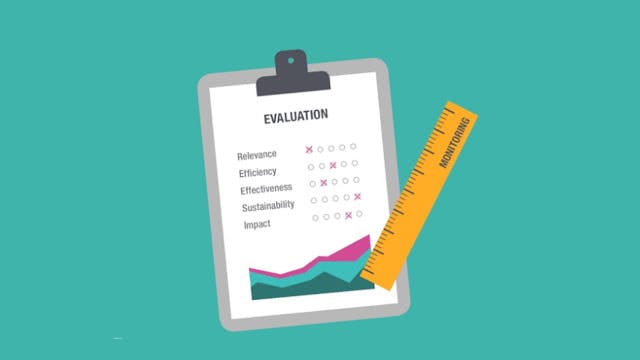The nature of work is constantly changing. To reflect this reality, job evaluation exercises have to be conducted once every few years or when there is a substantial change in scope. So what exactly is job evaluation and what does the average process constitute for it to be considered successful?
A job evaluation is a systematic way of determining the value of a job compared to other jobs in an organization. It tries to make a systematic comparison between jobs to assess their relative worth to establish a hierarchy and a rational pay structure.
Job evaluation originated in the early 1900s with the first points-based system being established to cater to the principles of
- Equal pay for equal work
- More pay for more valuable work.
There are various systems of job evaluation that are used from unique from organization to organization. In the African context, some of the popular job evaluation systems that are used include the Paterson system and the Castellion systems.
Despite the job grading system that might be in use at your organization some basics remain consistent on job evaluation.
Gives a framework for determining pay
A fair and objective job evaluation exercise that is done correctly is expected to yield a coherent ladder of the jobs within an organisation. From this, the compensation system can be established for the organization. E –reward a research company from the United Kingdom found that the most recurring reasons organizations undertook a Job Evaluation Exercise were;
- To provide a basis for the design and maintenance of a rational and equitable pay structure
- Ensure equitable structure
- Ensure the principle of equal pay for work of equal value.
A job evaluation exercise that is executed with integrity becomes the basis for future pay policies and decisions.
Job Evaluation is focused on the job and not the person currently in the role
Advertisment
An essential element of job evaluation is that it is the actual job that is looked at, not the job holder. The unfortunate reality on the ground is that there is a conflation of the incumbent and the job. A person normally associates themselves with the job meaning a possible downward review of a job grade can be taken personally.
The job description which details factors such as the decisions taken, controls that are in place, minimum education, and experience needed for the role determines the relative rank of the position.
Not concerned with the volume of
A lot of appeals that happen after the initial report of a job grading exercise has been made available have to do with concerns of disparity of the volume of work that the incumbent does as opposed to the grade they would have been awarded.
Allows input from the incumbent and supervisors
A job evaluation exercise is not a third-party event that happens without the input of stakeholders that are likely to be affected, who in this case are the current titleholder, their supervisor, and HR. This is a process known as job analysis. Job analysis can be formally defined as a process used to collect information about the duties, responsibilities, necessary skills, outcomes, and work environment of a particular job
The job incumbent has the responsibility to accurately detail the job content during job description writing. A true and accurate representation of the duties and responsibilities of the job on the ground will go a long way toward ensuring that the job is given the right grade and also minimizes the likelihood of appeals as all the relevant information would have been available.
The role of the supervisor in the job evaluation process is that of moderation. The supervisor needs to review and approve as true the job descriptions as written by their subordinates, monitor changes in the job content, and check the grading results for posts within the relevant departments.
The role of Human Resources is to oversee the updating of the job descriptions and prescription of mining hiring standards as required in some sections.
Managing the process
Job evaluation will involve change, commitment to change will be essential, with both management and employees agreeing from the onset that they will act upon the results.
The upsides to the job evaluation process include;
- The involvement of all concerned stakeholders within the job evaluation process. Employees are also given a chance to appeal the grade is they disagree with the outcome
- Manning structures and lines of responsibility will have been examined, and any defects or weaknesses will have become apparent and can be rectified.
- Jobs and workers in anomalous pay positions, either high or low, will have been identified.
- The establishment of a pay structure that is based on an objective and fair process
The potential downsides to job evaluation include;
- Misinformation around the process spreading around workers causing unwarranted panic
- It is costly for the organization, both in terms of monetary value and time
- Workers will naturally expect an increase after the exercise and this can be problematic accounting for issues around affordability
The biggest asset of the organization is, however, the employees, Managing expectations around job evaluation exercises is therefore important for everyone involved. The employer must make sure to conduct adequate sensitization exercises that address the expected outcomes, reassure the employees of their position and also bring up the role and freedom to appeal that they have in the process.
Takudzwa Vanessa Machingauta is a Consultant at Industrial Psychology Consultants (Pvt)- an HR and Business Consulting firm.
